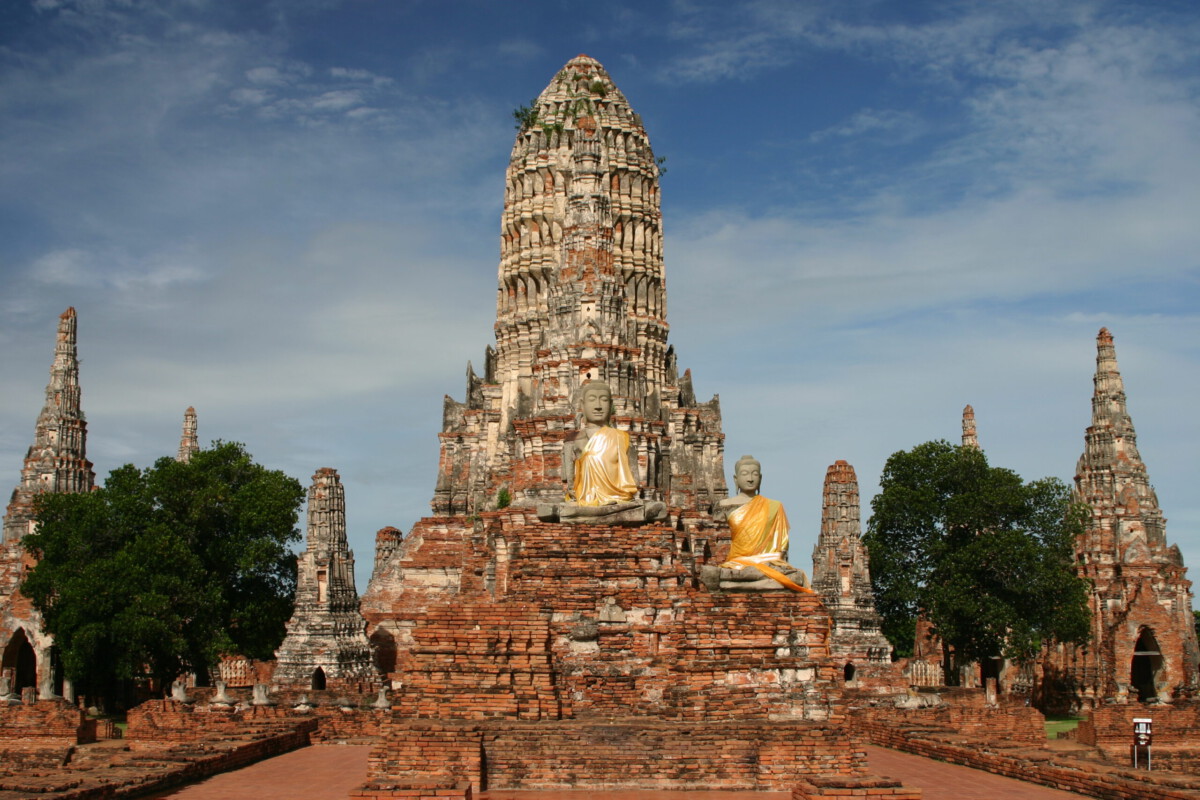Kansas City’s Music Scene Explodes Onto the National Stage

The city that birthed jazz legends like Charlie Parker is having another moment. Kansas City Renaissance Festival has grown to be one of the largest Renaissance Festivals in the United States, with an annual attendance of 200,000. This isn’t just about medieval reenactments – it’s a sign of something bigger happening in Missouri’s cultural landscape. For 21 years, the KKFI Crossroads Music Fest has been one of the cornerstones of Kansas City’s music and arts scene, bringing together local, regional, and national artists for an unforgettable day of live performances, community engagement, and cultural celebration. The festival now features 30+ bands across six stages, turning the Historic West Bottoms into a cultural epicenter every Labor Day weekend. This year, Columbia, Kansas City, Lee’s Summit, Liberty, Neosho, Rolla, Springfield and St. Louis are some of the 150+ U.S. cities hosting thousands of Make Music Day performances nationwide, as part of the world’s largest annual music event. That’s eight Missouri cities participating in a global celebration that started in France – talk about cultural sophistication. Pay tribute to KC native Charlie Parker, one of the finest and most influential jazz musicians to ever play, at this event that features live music, public programs and more.
St. Louis Transforms Into a Festival Powerhouse
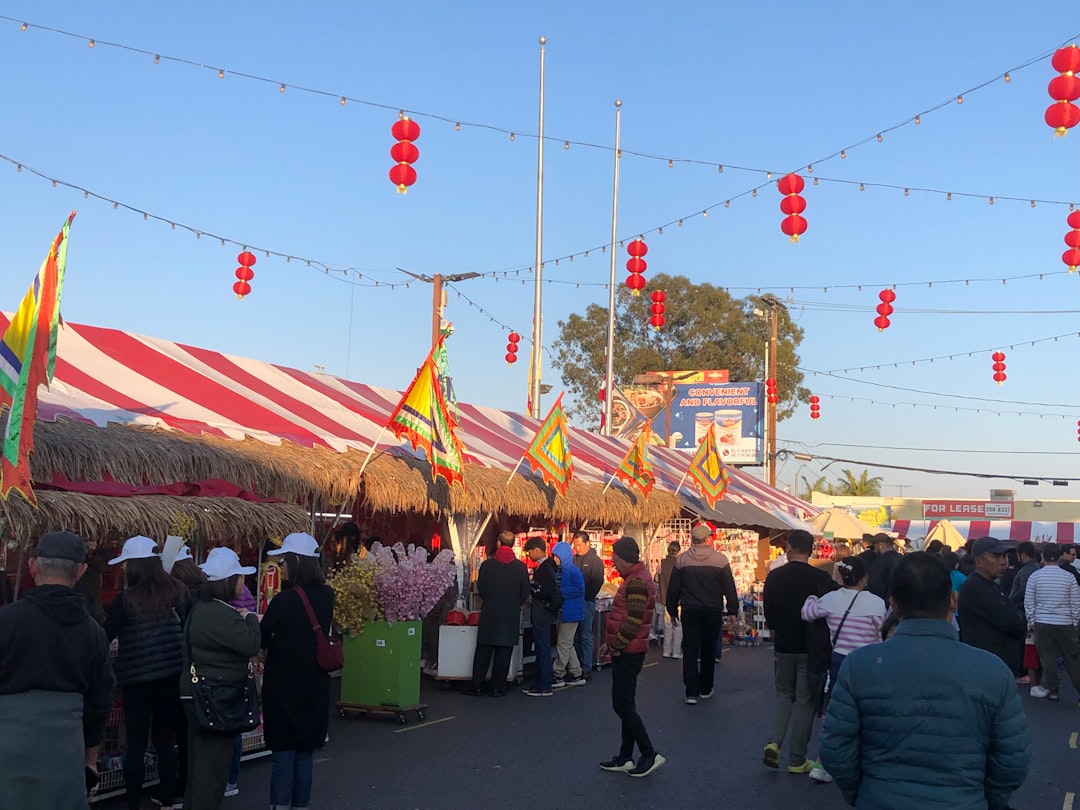
St. Louis has quietly become the festival capital of the Midwest, hosting everything from Renaissance fairs to cutting-edge electronic music events. Welcome to the beating heart of Midwest culture – BLK Family Reunion Festival was created to unite the Midwest and showcase the region’s culture through music, activities, food and family. Over Juneteenth Weekend, this extravaganza will attract residents from Kansas City, Chicago, Memphis, and neighboring cities into St. Louis, setting the stage for an unforgettable celebration. The city’s cultural calendar reads like a who’s who of regional arts festivals, from the St. Louis African Arts Festival to the unique Frizz Fest celebrating natural beauty. Join the largest annual pride festival in St. Louis, featuring one of the largest parades in the country, a variety of vendors (including StlouisArts.org), and performances from local and national acts. During this free festival, musicians and local bands perform across neighborhood porches and feature a diverse range of music selections. This grassroots approach to music-making shows how deeply culture penetrates the city’s fabric. The 2024 spring festival season at the Opera Theatre of St. Louis features six inventive new productions accompanied by the St. Louis Symphony Orchestra.
Economic Powerhouse Hidden in Plain Sight
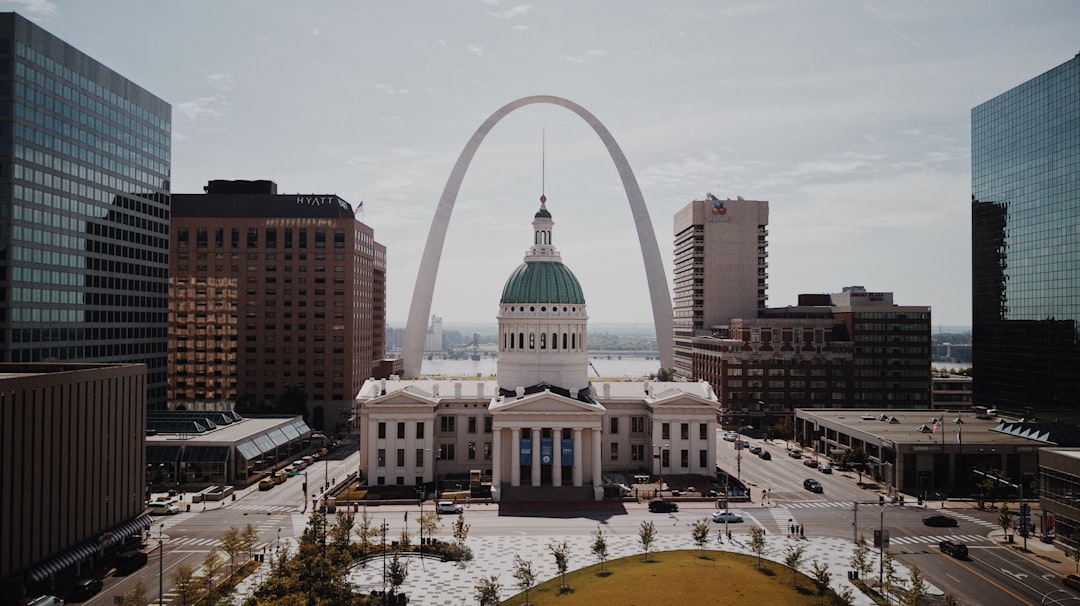
The numbers behind Missouri’s cultural renaissance tell a story that’ll surprise you. According to the study, in 2022 Missouri’s nonprofit arts and culture industry generated $1.725 billion in economic activity. The $1.725 billion includes $1.136 billion in spending by nonprofit arts and culture organizations and nearly $589.3 million in event-related spending by their audiences. This spending supported 13,356 jobs and generated nearly $14.1 million in local, state, and federal government revenue. That’s billion with a B – making Missouri’s arts scene a legitimate economic engine. Added 2.9 percent or $12.7 billion to the state economy from arts and cultural production. Employed 89,121 workers in the arts and cultural industries, with workers earning wages and benefits totaling $6.6 billion. The study also reinforces that cultural tourism is a powerful economic driver for Missouri. 30.1% of arts and culture attendees in Missouri were from outside the county in which the activity took place. They spent an average of $60.57 per person per event, not including the cost of admission. These aren’t just locals supporting hometown artists – Missouri is drawing cultural tourists from across the region.
Columbia’s Surprising Arts Economy Breakthrough
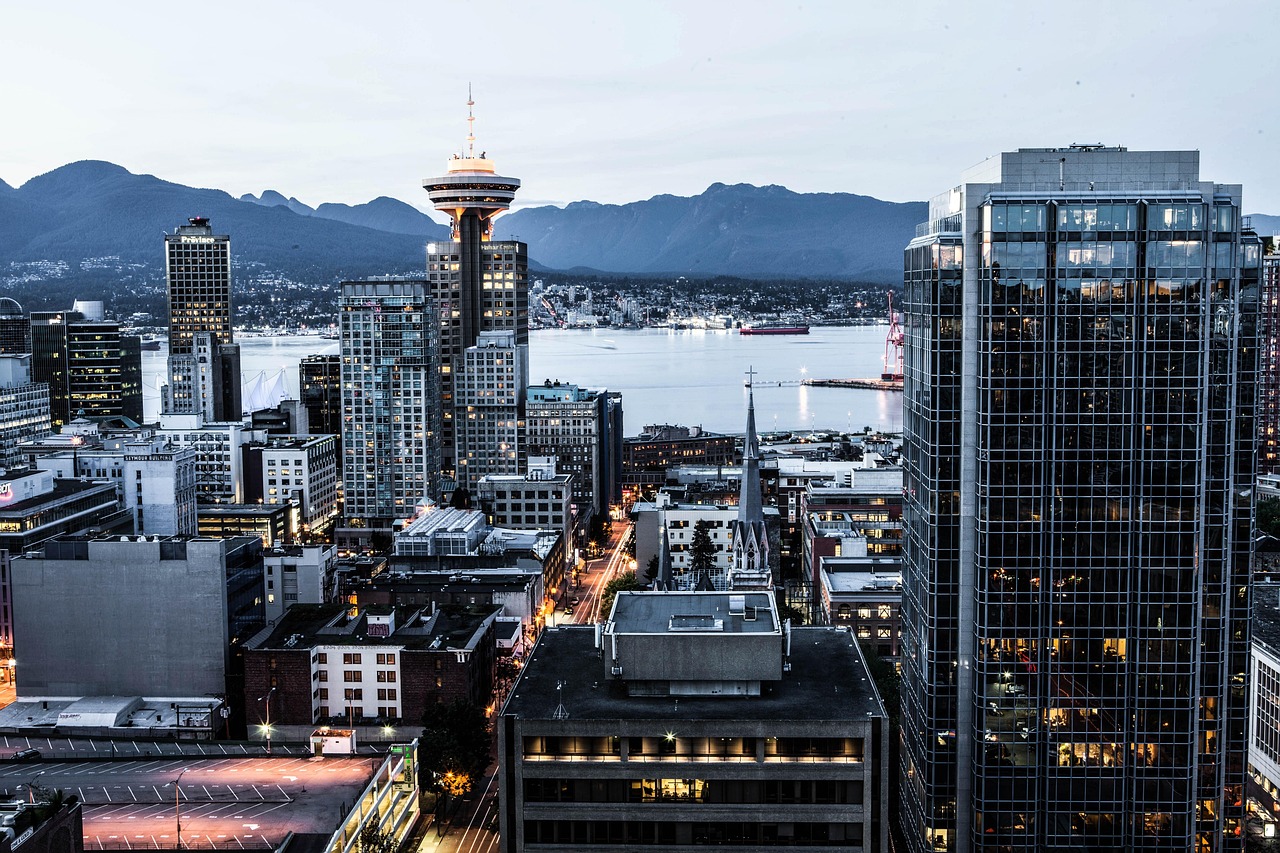
Columbia, Missouri might not be the first place you’d think of as an arts destination, but the numbers say otherwise. In the City of Columbia, the nonprofit arts and culture sector generated $18.27 million in economic activity during 2022 — $10.23 million in spending by arts and culture organizations and an additional $8.04 million in event-related expenditures by their audiences. That economic activity supported 592 jobs, provided $14.12 million in personal income to residents, and generated $3.73 million in tax revenue to local, state, and federal governments. For a college town, that’s remarkable economic impact from the arts alone. During 2022, the 33 participating nonprofit arts and culture organizations in Columbia reported aggregate expenditures of $10.23 million. These direct expenditures generated total economic impacts (i.e., direct, indirect, and induced) of 477 jobs, $10.33 million in resident household income, and $2.66 million in total tax revenue. This study sends a strong signal that, even in the aftermath of the COVID-19 pandemic and the resulting recession, the nonprofit arts and culture is a formidable industry. AEP6 demonstrates that when we support the arts, we are investing in Columbia’s economic and community well-being.
Renaissance Festivals Become Missouri’s Secret Weapon
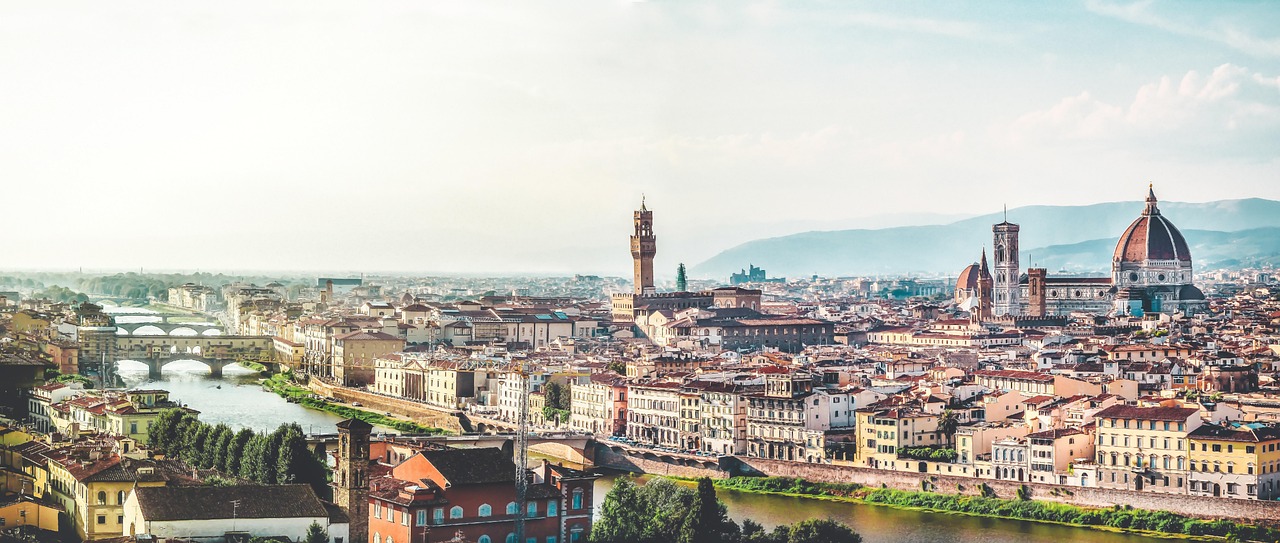
Who knew that dressing up like medieval knights could become such a cultural phenomenon? The village of Petite Lyon is over seen by the 13 Counts of the City, Lyon, and have seen fit to draw travelers, entertainers, peddlers and craft masters from across the country to entertain those who come to celebrate it’s 27 years of revelry and chaos. The St. Louis Renaissance Festival has been running for 27 years, evolving from a quirky weekend event into a major cultural attraction. Join us this June for the 20th Anniversary of White Hart Renaissance Faire—an unforgettable journey through time filled with knights, fairies, pirates, and magic in the heart of Missouri. 19th year of the WhiteHart Renaissance faire held in HartVille Missouri: Step back in time and experience the Renaissance come to life at the White Hart Renaissance Faire! On Saturday, June 8th, journey into a world of armored combat battles, captivating dance performances, majestic Birds of Prey displays, and live music from seven diverse musical groups. These festivals aren’t just entertainment – they’re economic drivers that bring thousands of visitors to small Missouri towns. White Hart is more than a faire—it’s a year-round realm of magic! Follow us year-round for immersive storytelling, enchanting events, and community magic!
The Awards Keep Rolling In
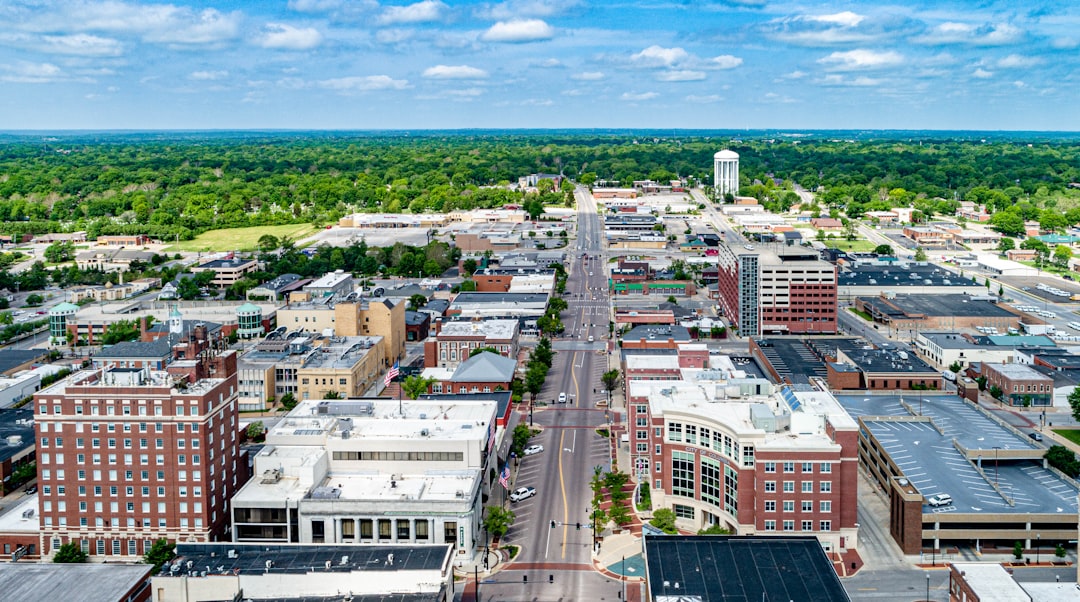
Missouri’s cultural scene isn’t just growing – it’s getting recognized at the highest levels. St. Louis, MO – On Wednesday, February 7, the Missouri Arts Council will honor the recipients of the 2024 Missouri Arts Awards, the state’s highest honor in the arts, at the Missouri State Capitol. Since 1983, the Missouri Arts Awards have acclaimed 248 individuals, organizations, and communities throughout the state for their significant contributions to Missouri’s artistic and cultural legacy. Since 1997, Charlotte Street has been a bedrock of support, an incubator for growth, and a locus for connection and collaboration for Kansas City’s contemporary arts community. Through grants, awards, and residencies, Charlotte Street supports innovative visual artists, writers, filmmakers, and performers. Charlotte Street also brings artists’ work to audiences with over 100 free public programs annually. That’s over 100 free programs a year in Kansas City alone. Missouri Featured Artists Program: Heidi Herrman, Seared, textile and stitching | Jeremy Michael Reed, poet, editor, writer, teacher | Eboni Fondren, jazz vocalist, actress, bandleader (photo by Adri Gruyer) | Jeffrey Sippel, Hola, polyester plate lithograph with hand additions
Small Towns Punch Above Their Weight
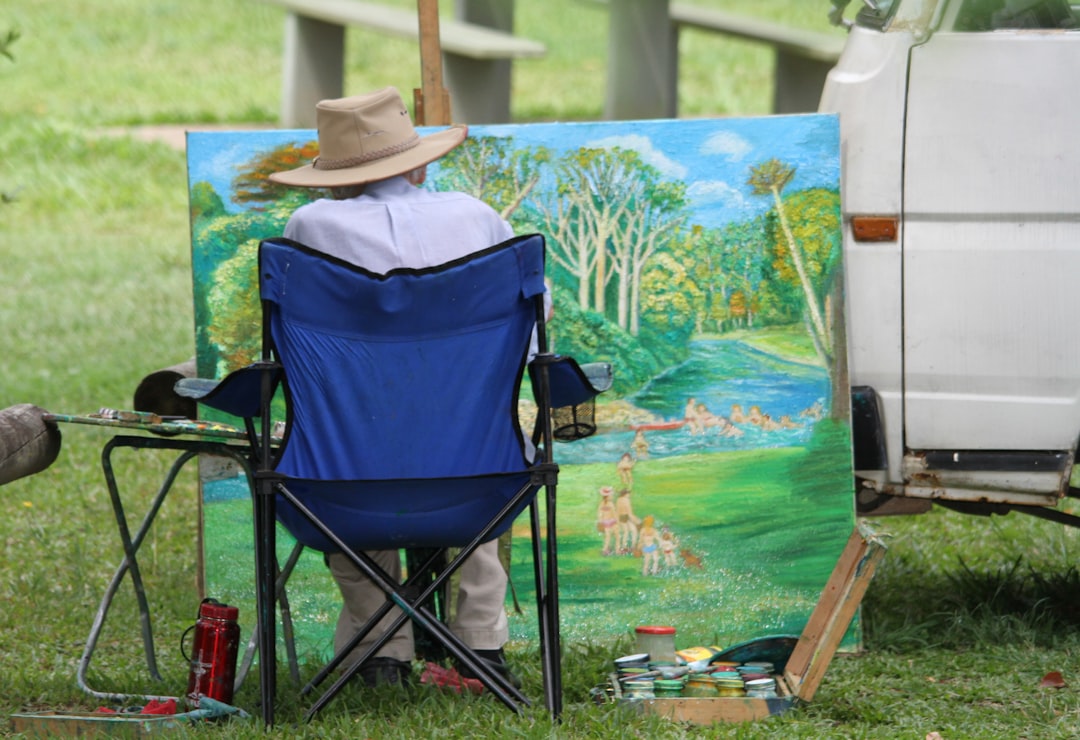
It’s not just the big cities making waves – Missouri’s smaller communities are creating their own cultural moments. For nearly a decade, this southeastern agricultural city has been expanding its already rich historical and cultural assets with an abundance of arts initiatives, and the pace is accelerating. Programs include downtown murals, the annual rotating Perryville Outdoor Sculpture Exhibit, the 69-farm Perry County Barn Quilt Trail, and the new Perry County Creative Arts group. Perryville, a town most people couldn’t find on a map, has managed to create a 69-farm barn quilt trail – that’s rural Missouri turning agriculture into art. Arts administrator Kathleen Morrissey has championed rural community arts in her 30-year career ranging from the Community Foundation of the Ozarks to the Missouri Arts Council. Among her many current volunteer contributions are as administrator of West Plains’ Media Arts Center, coordinator of The Alliance: Arts and Cultural Organizations, and president of the West Plains Council on the Arts. Midwest Maifest is a one-day festival to celebrate the arrival of Spring and the rich German heritage in St. Charles, Missouri. Enjoy product samples from local craft breweries, wineries and spirit distilleries, as well as Live German Entertainment.
Federal Funding Flows Into Missouri Arts
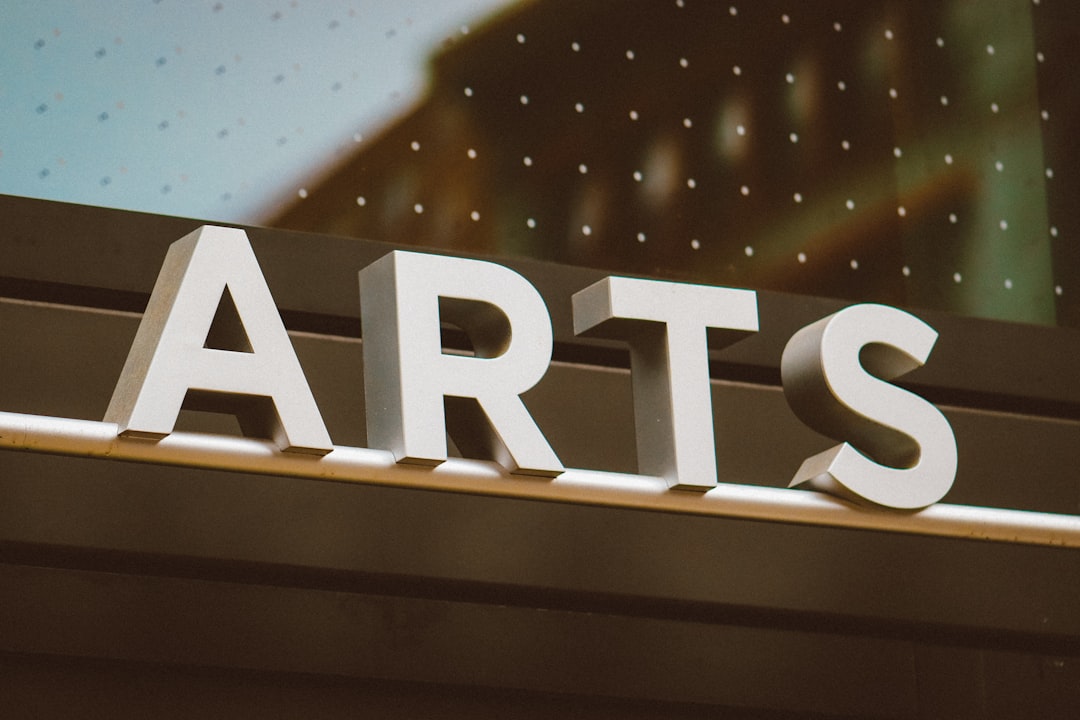
The federal government has taken notice of Missouri’s cultural boom, investing serious money in the state’s arts scene. Over the last 10 years, Missouri received $19.4 million in grants from the NEH, an independent federal agency supporting the humanities in every state and U.S. jurisdiction. It is tasked by Congress to provide humanities access to all Americans, and Congress has appropriated funds for that purpose. That’s nearly $20 million flowing into Missouri’s humanities programs over the past decade. M-AAA will award 22 grants of $50,000 each across our six-state region of Arkansas, Kansas, Missouri, Nebraska, Oklahoma, and Texas. M-AAA will award 22 grants of $50,000 each across our six-state region of Arkansas, Kansas, Missouri, Nebraska, Oklahoma, and Texas. Shakespeare Festival St. Louis’ Shakespeare in the Streets program will connect two distinct communities, centered around schools: St. Louis’s Normandy High School and students served by the high school in Brussels, Illinois, a farming community located 45 minutes away across the Mississippi River, and accessible from St. Louis by a ferry. Even Shakespeare is going rural in Missouri, connecting urban and farming communities through the arts.
The Symphony Scene Stays Strong
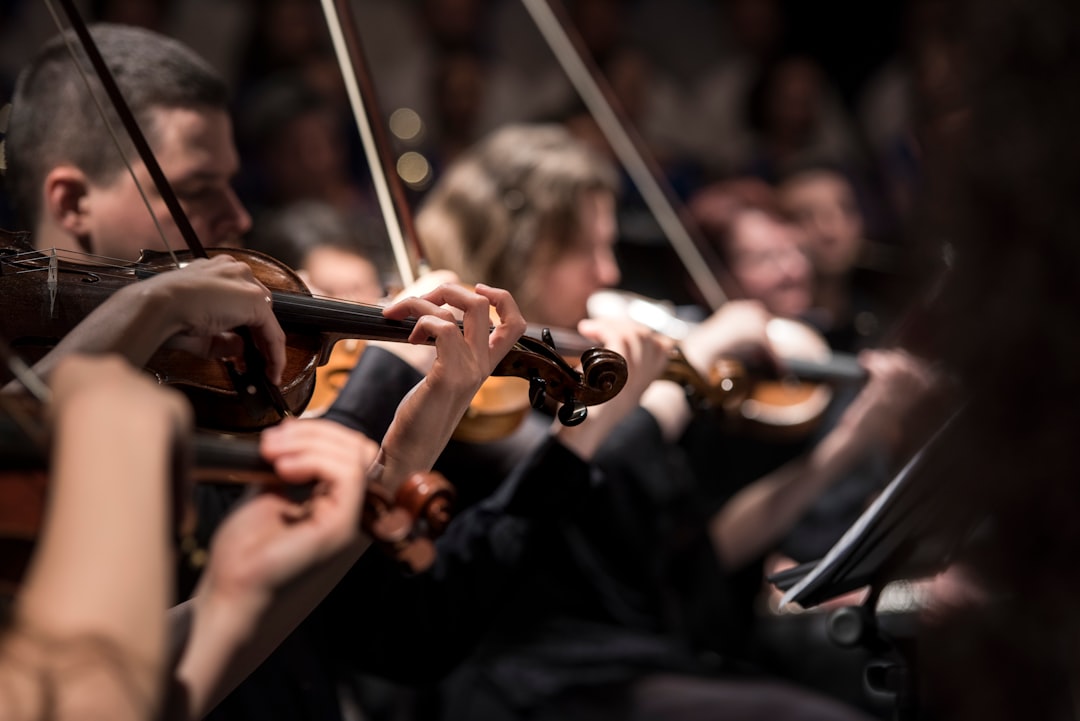
While newer festivals grab headlines, Missouri’s classical music scene continues to thrive and evolve. St. Louis is known for its symphony orchestra, the second oldest U.S. civic orchestra and one of the major classical musical ensembles in the country. That’s not just local pride talking – the St. Louis Symphony Orchestra has genuine national standing. By contrast, Branson, long supported by a quiet tourist industry based on hunting, fishing, and the Ozark country lifestyle depicted in Harold Bell Wright’s novel, Shepherd of the Hills (1907), sprang into national prominence in the 1970s as a mecca for live country music. By the early 21st century the city was home to dozens of theatres, most hosting live shows along brightly lit Country Music Boulevard. Branson’s transformation from sleepy Ozark town to live music capital shows how Missouri communities can reinvent themselves through culture. This free concert series is at the luscious Missouri Botanical Gardens and features a wide variety of musical acts. Join the St. Louis Shakespeare Festival for a popular, free summer tradition in St. Louis. This year’s performance will be the Shakespearean comedy As You Like It, staged at Shakespeare Glen in Forest Park.
Cultural Tourism Becomes a Real Money-Maker
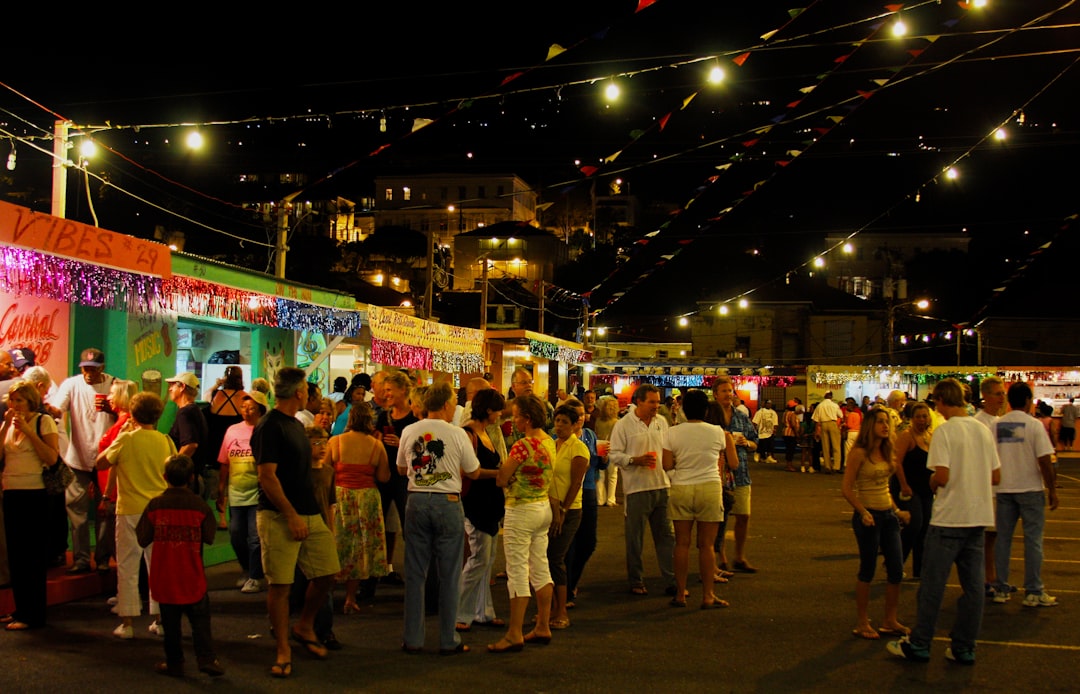
Missouri has figured out that culture sells, and tourists are buying what the state’s offering. From craft beer festivals to holiday lightings and everything in between, mark your calendar with some of Kansas City’s largest and most unique happenings in 2025. From craft beer festivals to holiday lightings and everything in between, mark your calendar with some of Kansas City’s largest and most unique happenings lined up for the year. The Negro Leagues Baseball Museum welcomes hot dog aficionados to sample delicious ballpark franks, including the signature Kansas City Monarch Dog, plus live music and admission to the museum. KC’s diverse cultures unite at this weekend extravaganza that includes food, dancing and music representing dozens of countries, as well as several ethnic groups recognized by Ethnic Enrichment Committee. Nestled in rolling hills, surrounded by thousands of acres of sprawling forest and lake water, Dancefestopia has become one of the largest camping and music festivals in the nation, featuring some of the most prominent DJs in the world. Dancefestopia alone draws electronic music fans from across the country to what many consider flyover territory. 30.1% of arts and culture attendees in Missouri were from outside the county in which the activity took place. They spent an average of $60.57 per person per event, not including the cost of admission.
The Numbers Don’t Lie About Missouri’s Cultural Impact
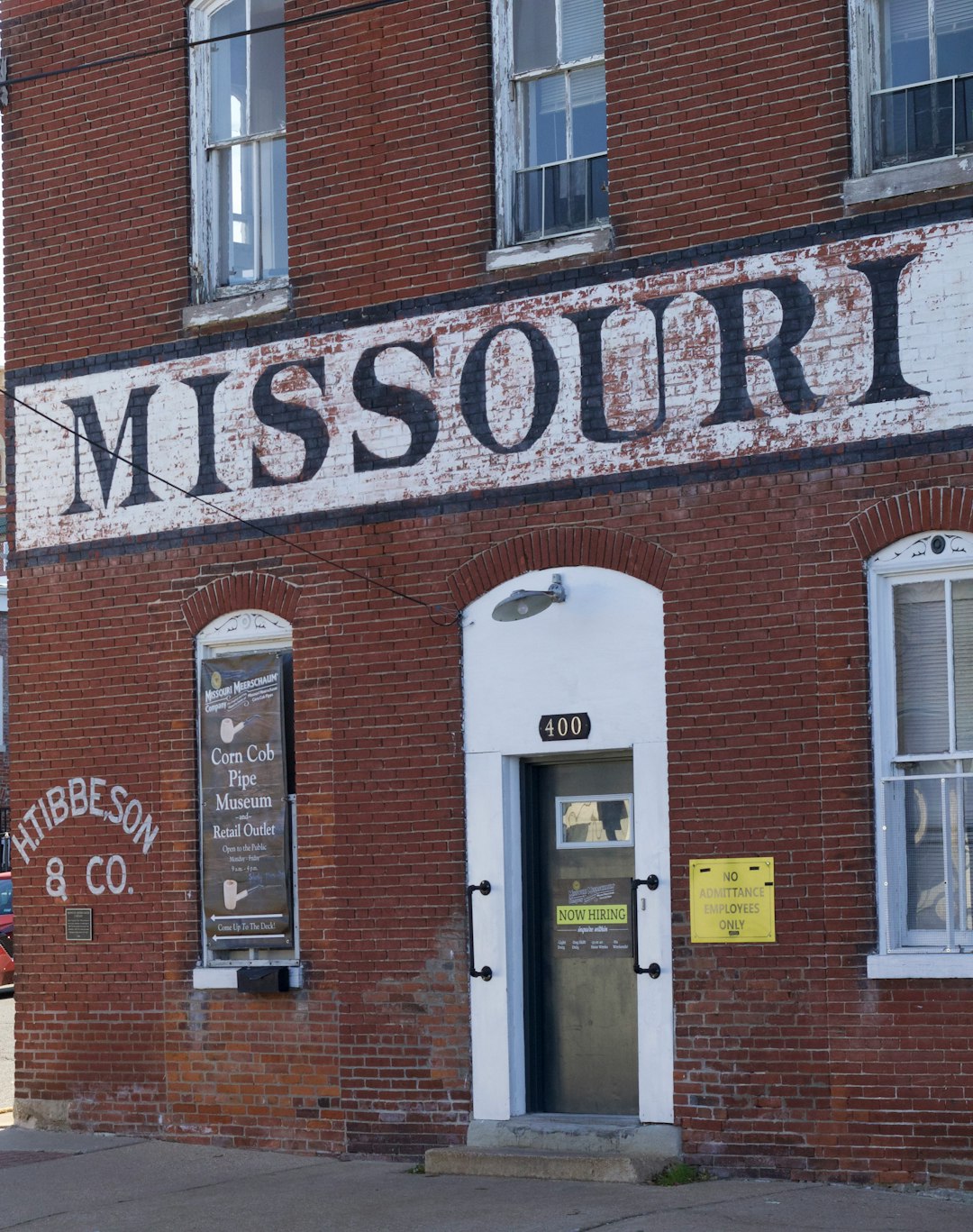
When you dig into the hard data, Missouri’s cultural renaissance becomes undeniable. More than 38 percent of Missouri’s adults attended live music, theater, or dance performances, while nearly 13 percent attended art exhibits, according to the 2022 Survey of Public Participation in the Arts, conducted in partnership with the U.S. Census Bureau. That’s a higher participation rate than many coastal states with bigger cultural reputations. Government organizations such as the Missouri Arts Council, created in 1965, have been instrumental in stimulating awareness, appreciation, and development of the state’s artistic activities. Established as a state agency in 1965, the Missouri Arts Council is a division of the Office of the Lieutenant Governor. The Council is funded through the Missouri General Assembly, Missouri Cultural Trust, and National Endowment for the Arts. The state has been investing in culture for nearly 60 years, and that long-term commitment is finally paying serious dividends. Nationally, AEP6 states that America’s nonprofit arts and culture sector is a $151.7 billion industry, supporting 2.6 million jobs and generating $29.1 billion in government revenue. Missouri is claiming its fair share of that massive economic pie.
Missouri’s cultural renaissance isn’t just about feel-good stories or civic pride – it’s a serious economic and social transformation that’s reshaping how America views the heartland. From Kansas City’s jazz heritage to St. Louis’s festival explosion, from small-town Renaissance fairs to university town arts districts, Missouri is proving that culture can bloom anywhere people are willing to invest in it. The state’s $1.7 billion arts economy and 13,000+ cultural jobs show that this isn’t just a moment – it’s a movement. What started as scattered local initiatives has become a statewide phenomenon that’s attracting national attention and federal funding. The question isn’t whether Missouri’s cultural renaissance is real, but whether other states can replicate what’s happening here. Who would have thought the Show-Me State would become the place to be for arts and culture?


